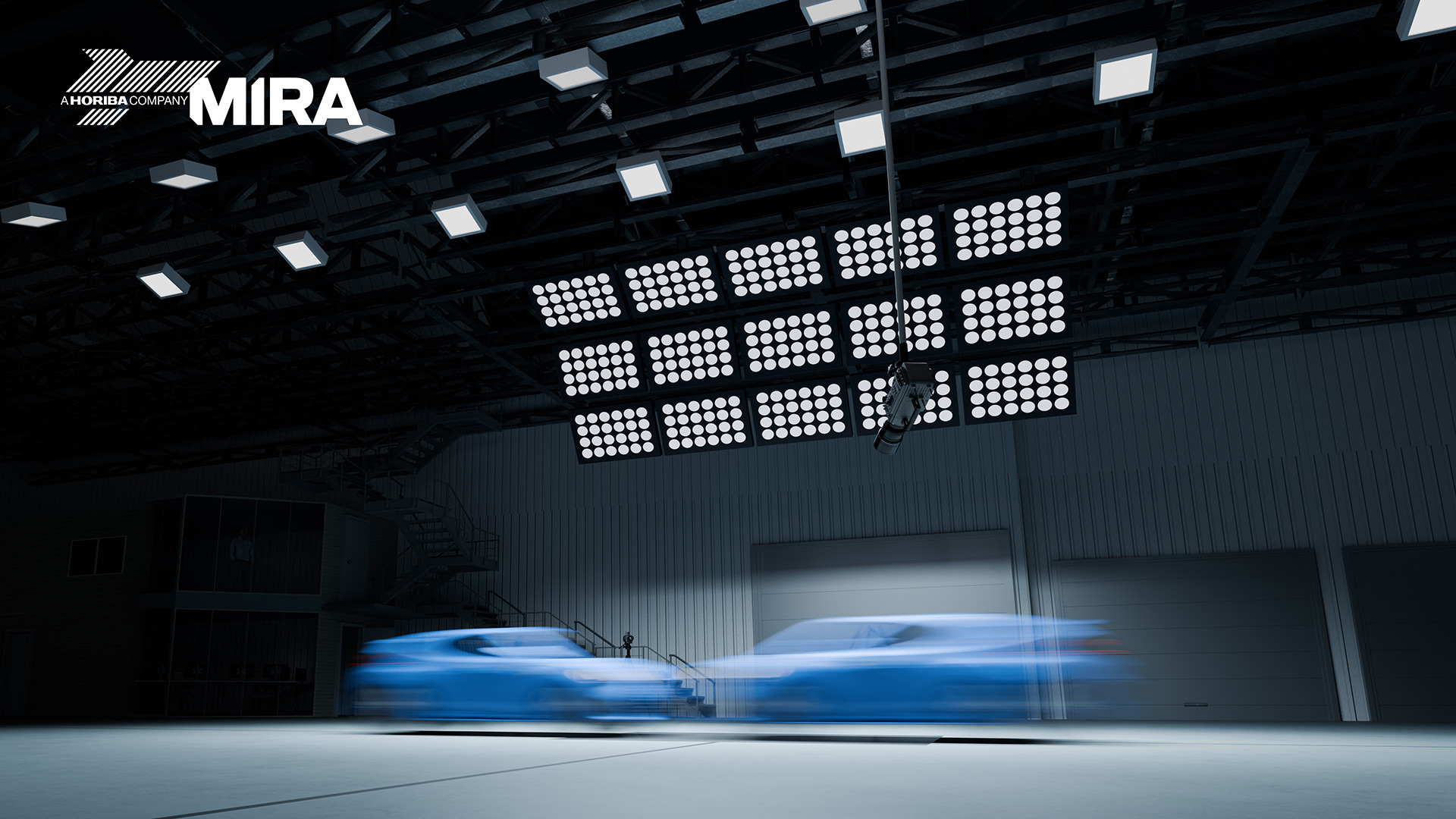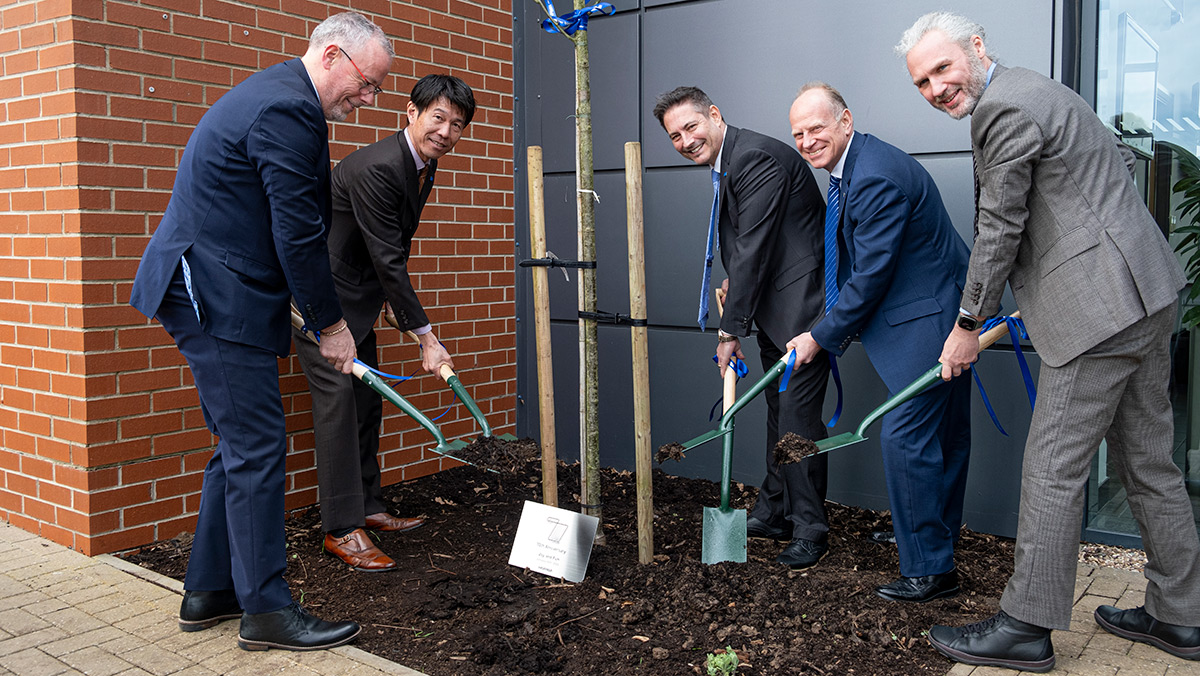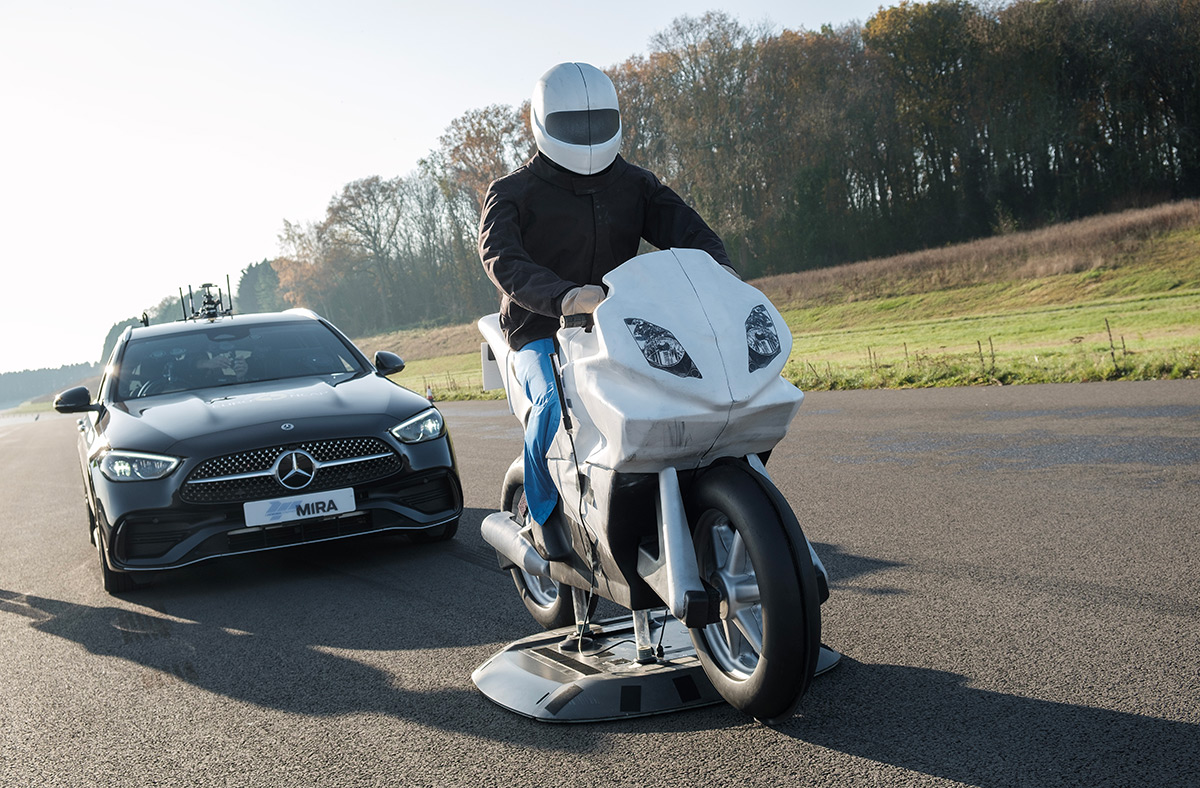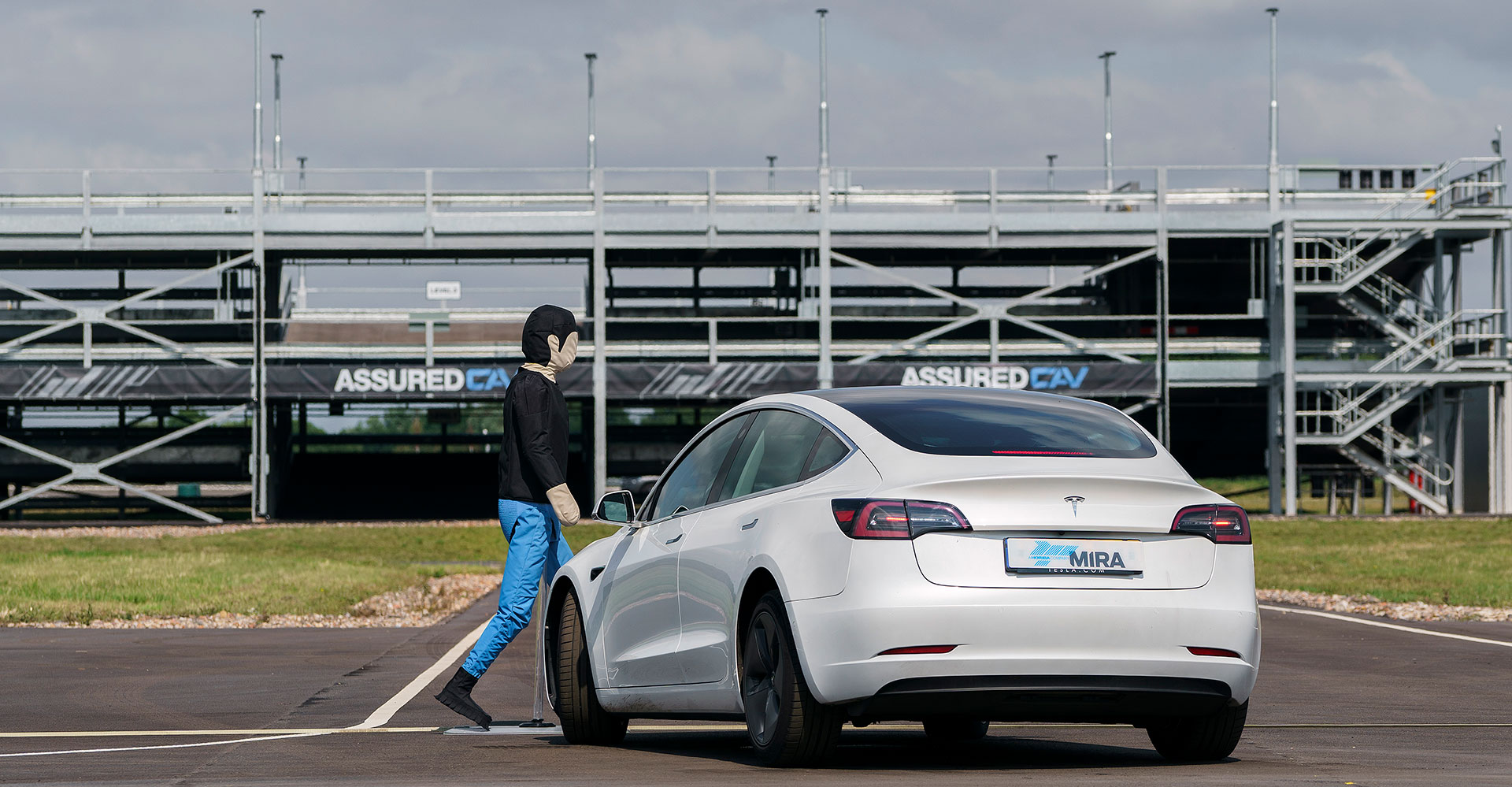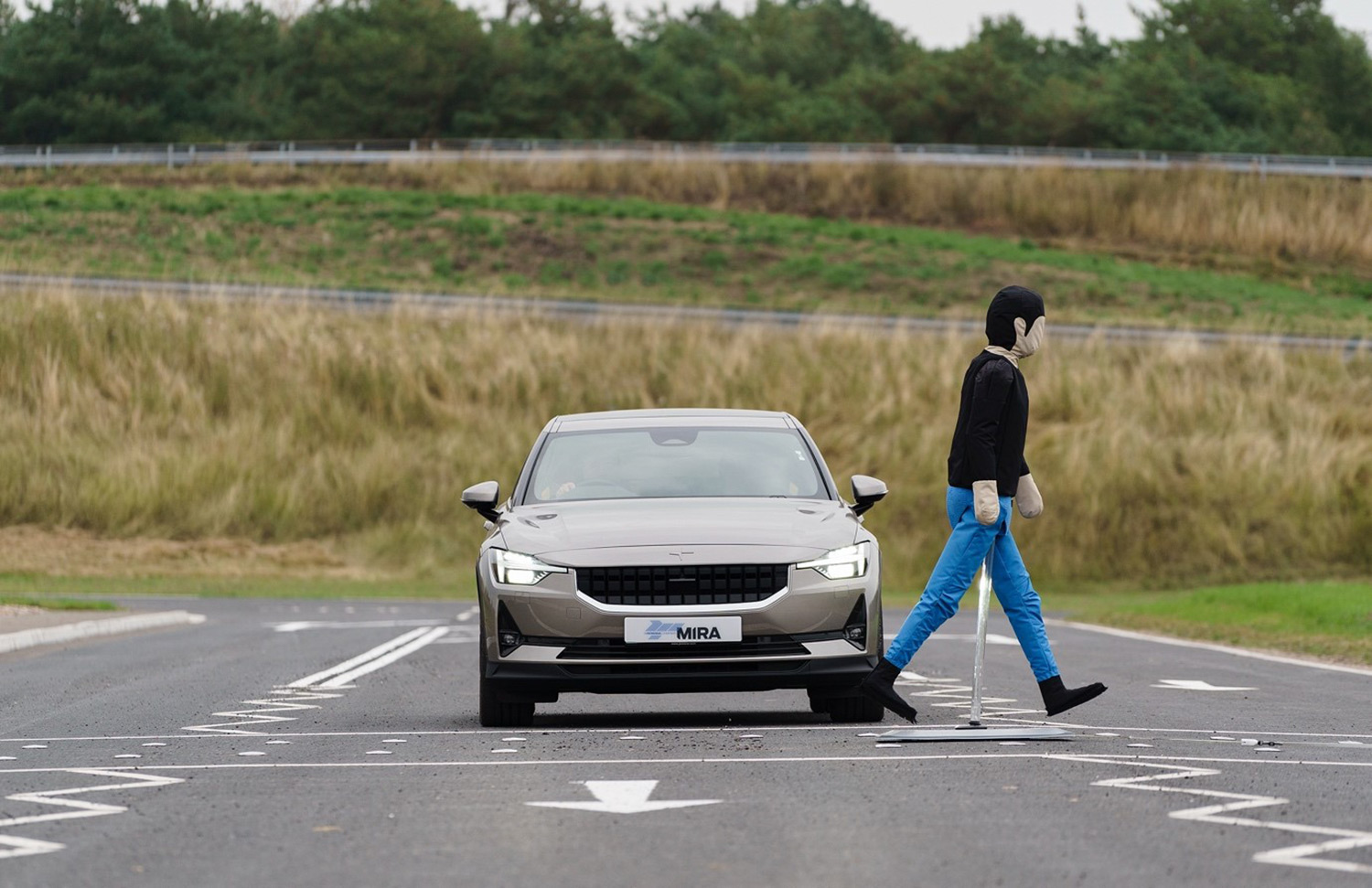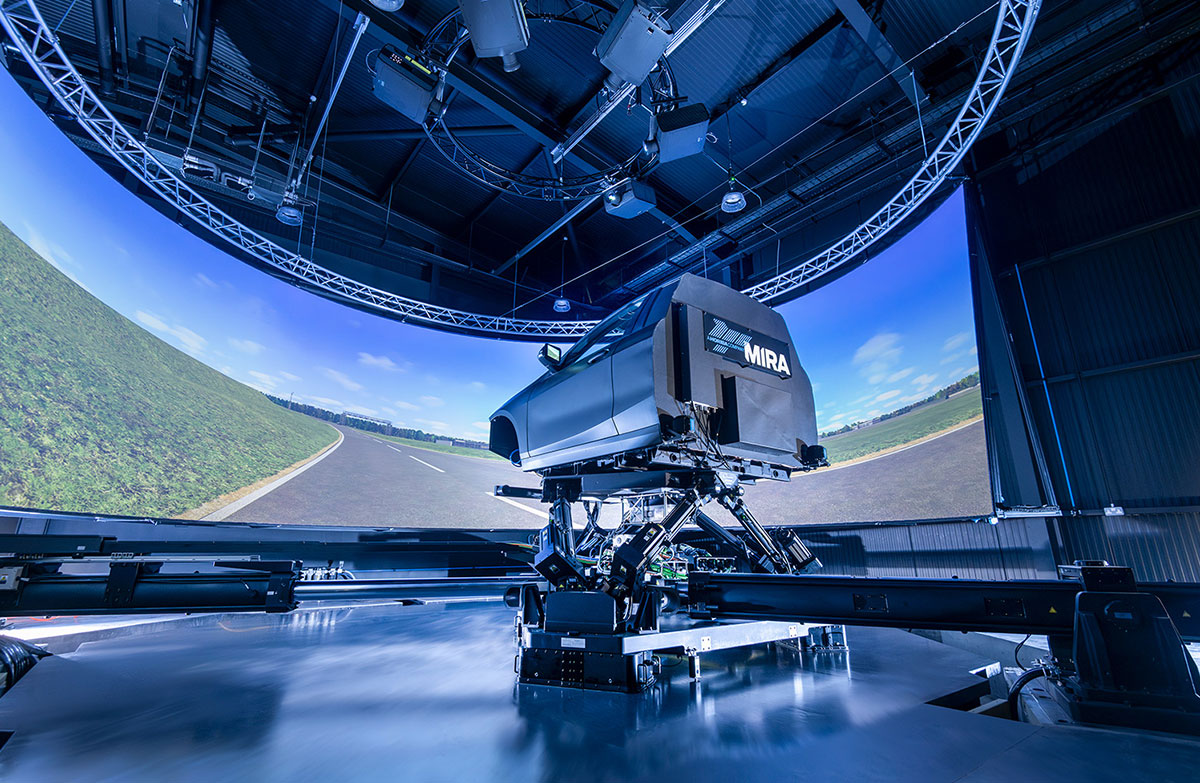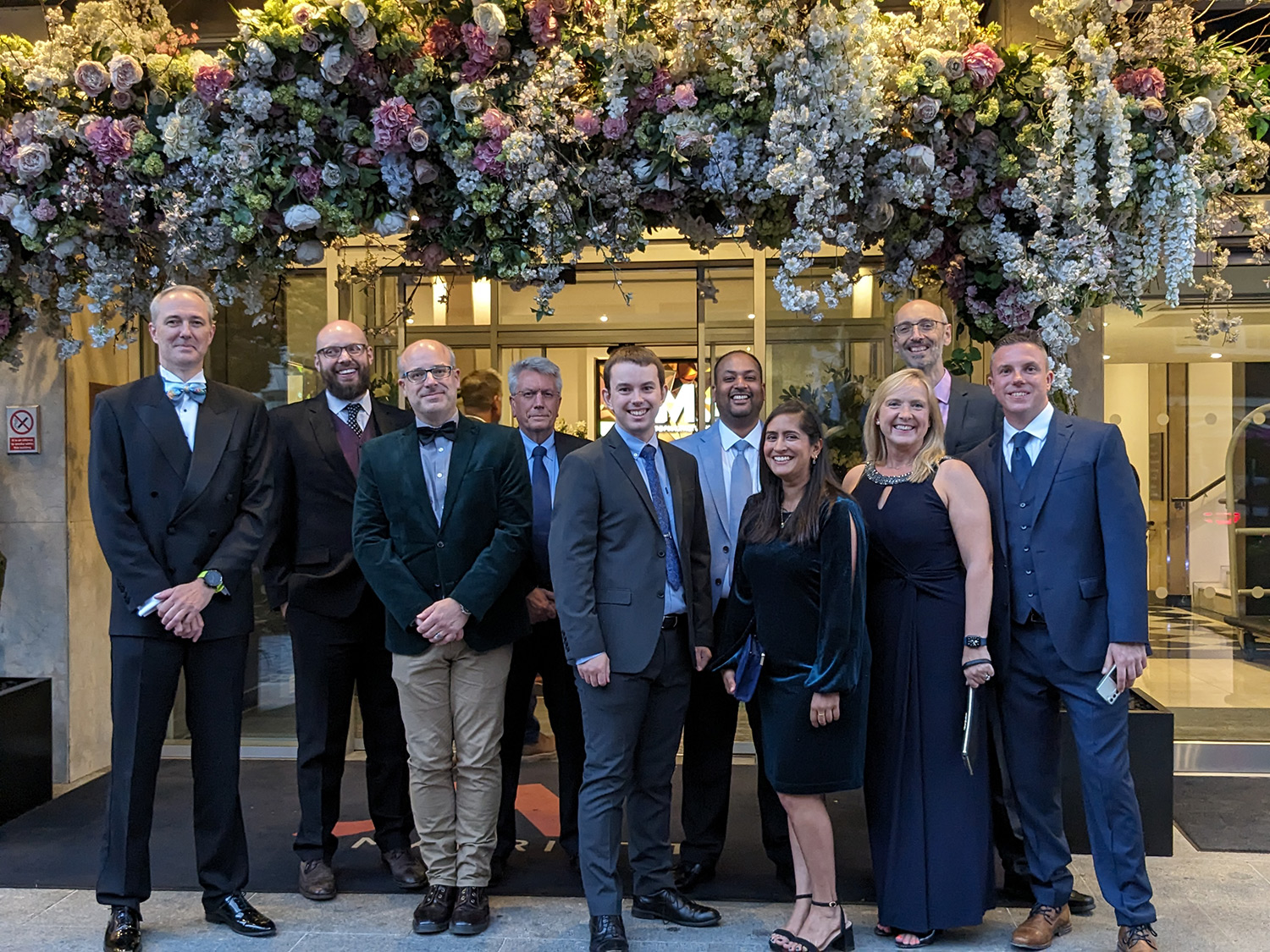What is an engineer? HORIBA MIRA’s STEM Ambassador, Alisdair Bowie explains.
Alisdair Bowie – Senior Software and Controls Engineer, joined HORIBA MIRA in 2011 after achieving a degree in Mechanical Engineering. Alongside his role in Software and Controls where he primarily develops control software for hybrid and electric vehicles, Alisdair is working to inspire children through his work as a STEM (Science, Technology, Engineering and Mathematics) Ambassador. A STEM Ambassador is a volunteer role that sees Alisdair offering his time and enthusiasm to help bring STEM subjects to life for young people.
Engaging with children in and out of the classroom, Alisdair has played a pivotal role in inspiring the next generation of engineers. Here, he looks to provide students with the answer to the question he is most commonly asked during his school visits: “What is an engineer?”.
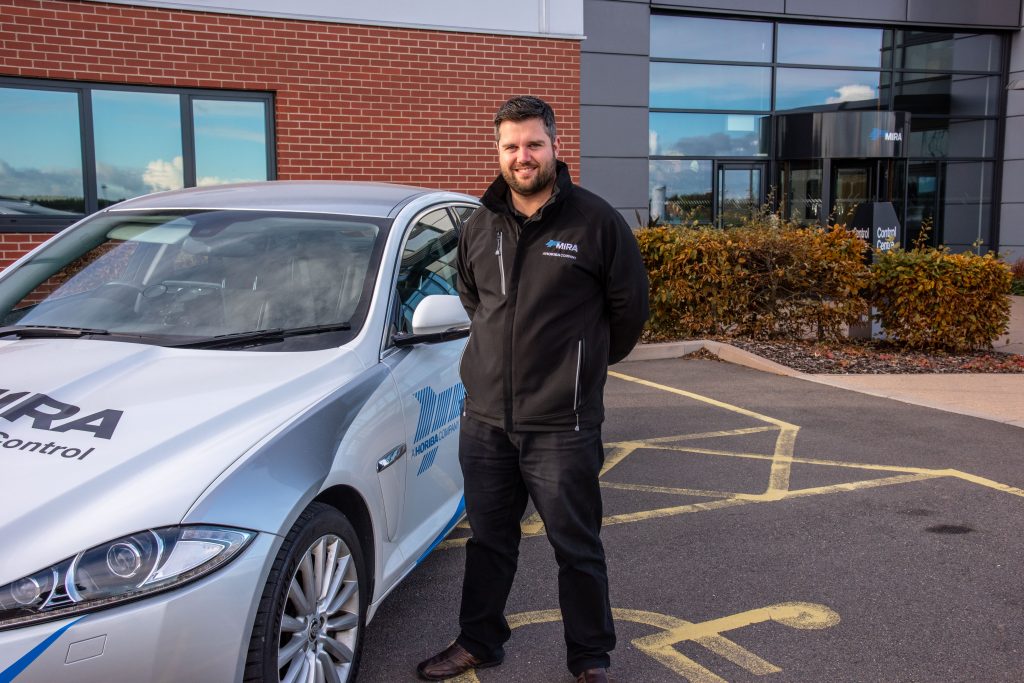
What is an Engineer?
In my role as a STEM Ambassador, the big question I’m commonly asked by students is ‘what is an engineer?’ (thankfully I’m usually asked this before I talk rather than afterwards…).
In the spirit of modernity, I did what everyone else does when they need to know something and ‘Googled’ it. When I searched for “engineer” on Google images, what I found was engineers all apparently wear hard hats and high-vis jackets whilst looking at blueprints and some even point at piggy banks…!
For many engineers involved in the construction industry this is a normal part of the job (maybe not the piggy bank bit), but that’s not all there is to engineering.
Engineers design and build bridges that cross massive valleys. Engineers have broken the sound barrier on ground and in the air. Engineers have connected Britain and France together for the first time since the Ice Age. Engineers have even put man on the moon.
In a nutshell, the most common answer I give to ‘what is an engineer?’ is:
An engineer is a problem solver!
The Millau Viaduct solved the problem of heavy traffic through the small town of Millau in France. The Channel Tunnel allowed an extra route for trade to pass between the UK and mainland Europe. Concorde allowed Phil Collins to play both UK and US Live Aid concerts in 1985 and more importantly, drastically reduced transatlantic flight time, with the record between London and New York standing at under three hours.
Some solutions don’t just make people’s lives easier, sometimes, engineers solve problems just because they are hard! Thrust SSC going faster than the speed of sound and Neil Armstrong walking on the surface of the moon are examples of that.
The industrial revolution, that began in Britain in the late 18th century transformed the world by improving manufacturing processes using newly invented machines. These machines allowed a single human to make substantially more products (commonly textiles) in a single day and led to factories producing huge quantities of products that could be sold around the world.
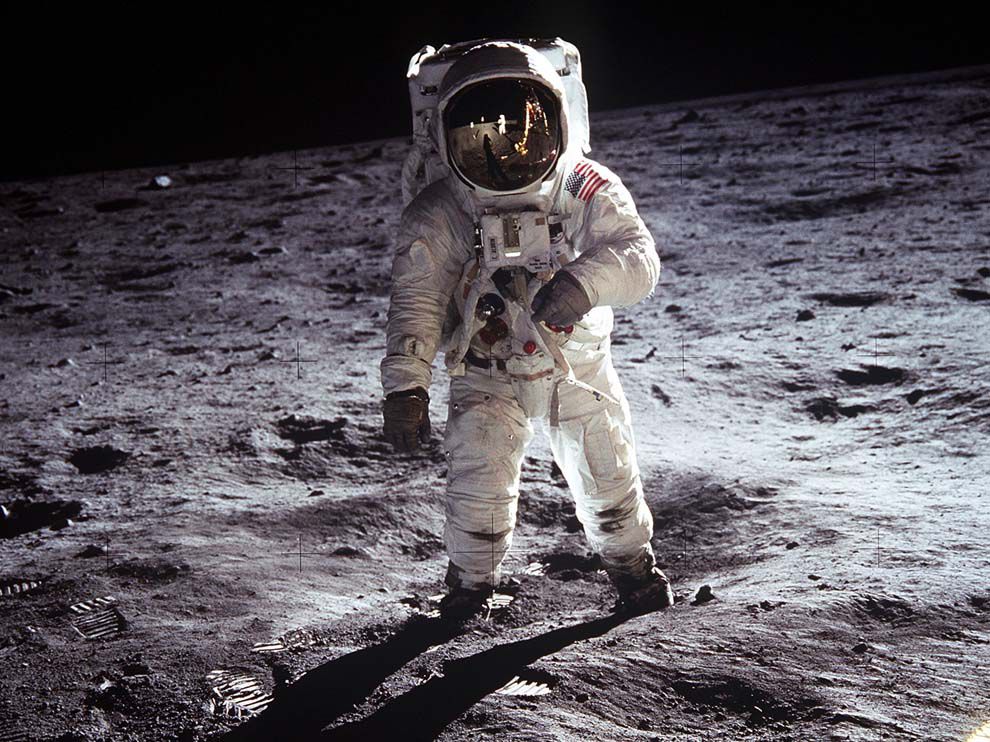
Image: NASA
Trade, employment and population soared thanks to increased worker income and improved living standards. To sell more products, business owners turned to engineers to help solve their problems. They proposed building railways across Britain (and continental Europe…and North America…and Australasia…and South America…and Asia…) and inventing steam powered locomotives to pull their products from the factories to markets, or ports to be shipped all over the world.
The industrial revolution created the world we live in today and is seen as “the most important event in the history of humanity since the domestication of animals and plants”. A fantastic representation of the rapid change the industrial revolution had on Britain was shown in the opening ceremony of the London 2012 Olympic Games – look out for Sir Kenneth Branagh playing the great engineer Isambard Kingdom Brunel. Sadly, the mutton chops and top hat are no longer in fashion for engineers…
Now, as far as solutions to problems go, the harnessing of steam power is a great one! But the laws of thermodynamics teach us you cannot have something for nothing.
The coal powered factories, trains and ships created pollution. The increasing population needed to light their houses and required electricity to power them. The generation of such electricity created more pollution. The desire for improved mobility led to the car being invented and with the internal combustion engine being the eventual power source of choice for almost every vehicle, this meant yet more pollution.
Engineers created these problems and modern-day engineers like myself and my colleagues at HORIBA MIRA are tasked with solving it, doing our bit to ensure journeys of the future are safer, cleaner and smarter (I’ll expand on this in a future blog).
I said before that “an engineer is a problem solver” but that isn’t the full answer:
An engineer is a problem solver who must save the world!
While the problem of pollution, climate change and dwindling natural resources is an enormous one, possibly the greatest ever faced by human kind, it is one we must solve, can solve and are solving through our innovative work to make journeys across the world cleaner. Some say it’s an impossible task, but they also said that about putting a man on the moon.
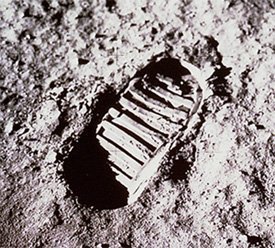
Image: NASA
